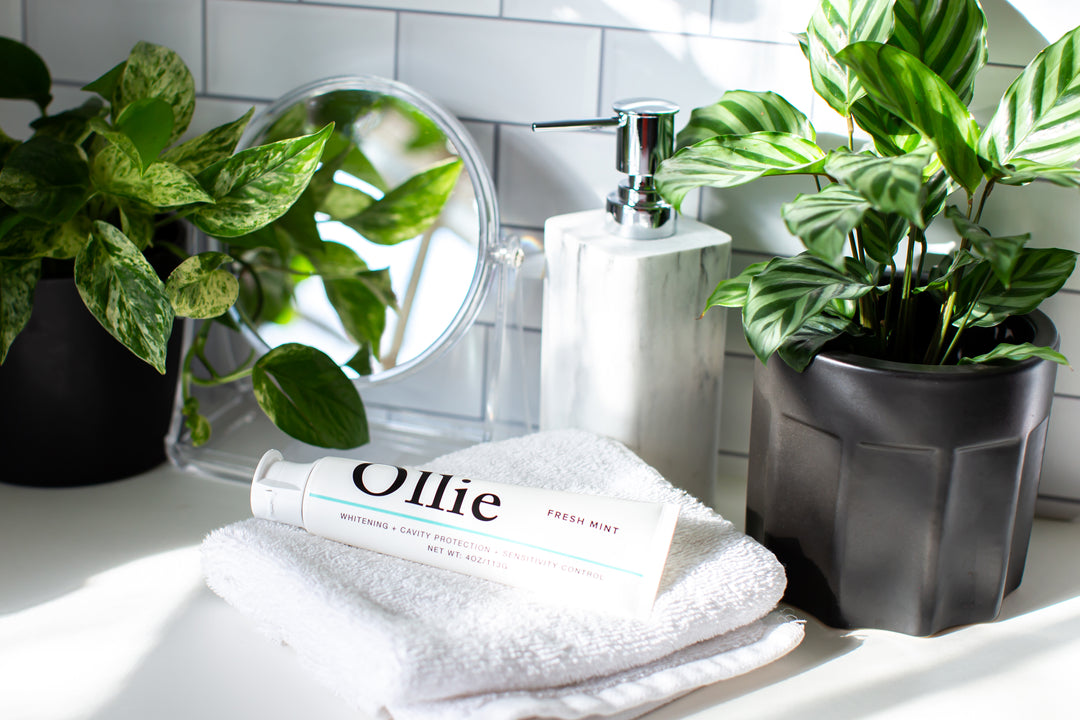After being developed by NASA in the 1970s to aid in mineral loss while astronauts were in zero-gravity environments, hydroxyapatite was adopted by toothpaste companies in Japan and has been a staple ingredient for the past 30 years. Meanwhile, no major American brand has changed its formulation to include this amazing mineral.
In the pursuit of that radiant grin, oral care has taken leaps and bounds in innovation. Among the plethora of options, one product has been making waves for its exceptional benefits – hydroxyapatite toothpaste. Hap, for short, is the same material as your tooth enamel and has the power to remineralize your teeth in ways that no other ingredient can. This toothpaste ingredient may soon dethrone fluoride as the main cavity-fighting tool for at-home care.
Understanding the Science Behind Teeth Whitening Toothpaste
Teeth whitening toothpaste is the most popular choice for individuals seeking a brighter smile without the need for professional treatments. The science behind these toothpastes revolves around their formulation and key ingredients. Most whitening toothpastes contain abrasive agents like silica that help remove surface stains through gentle abrasion. Additionally, they often include peroxide compounds or enzymes like papain to break down deeper stains and lighten tooth color.
To truly grasp the significance of hydroxyapatite toothpaste, it’s important to delve into its scientific foundation. Hydroxyapatite is a naturally occurring mineral that forms a significant portion of our tooth enamel. This mineral plays a crucial role in maintaining the strength and integrity of our teeth. Since the mineral is the same substance as our teeth, it is extremely bioactive, meaning that it can readily combine with your tooth structure. Hydroxyapatite works in a different way than any other ingredient to whiten teeth. The minerals can combine with the surface of your enamel, making your teeth smoother, less porous and whiter.
Unlike traditional…
Read the full article here








